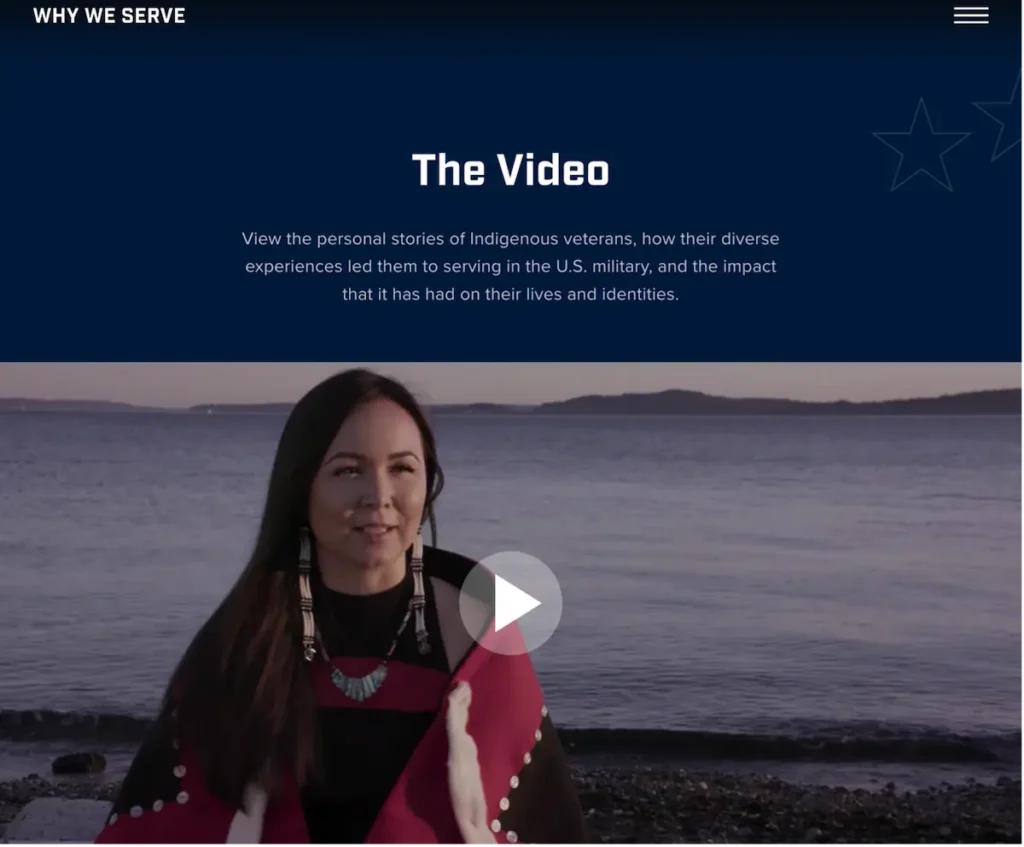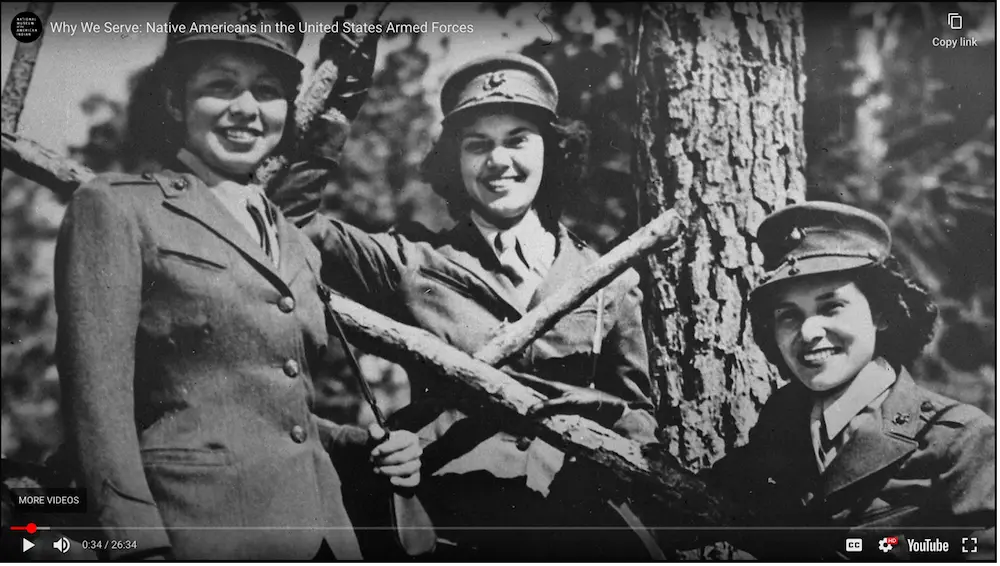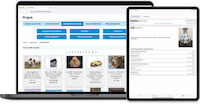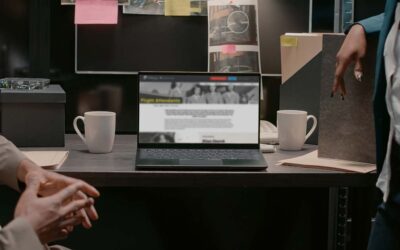Captivating Story Delivery with a Multimedia Player

Rachael Cristine Woody
My recent posts reviewed how museums can use storytelling tools provided by their Collections Management System (CMS)—including zoom tools, slideshows, and flipbooks—as strategic storytelling aids. Each of these tools capitalize on being highly visual and offer animation aspects that help to draw the viewer’s eye on museum websites and within the museum CMS.
This post will cover the last visual display option: multimedia players. Leveraging multimedia players to showcase audio-visual (AV) materials as part of the story display can do a lot of heavy lifting in terms of story delivery. Materials longer than a brief quote can include a large amount of information as well as visuals, and can even serve as a multimedia essay.
Multimedia Player Example
The National Museum of the American Indian’s “Why We Serve” digital story is a short and linear pathway exhibit. After scrolling through the introductory text and a few options to deep-dive into related topics, a multimedia player with a playable video file is provided near the bottom. In this case, the video is approximately 30 minutes and conveys a large amount of the exhibit information along with the inclusion of additional artifacts from the archives.
While the digital story is not very long, the content delivered by the multimedia player offers a high-quality and steady stream of information. It is an excellent example of leveraging a multimedia player to serve as a strong content supplement.

Figure 4. “Why We Serve.” Source: National Museum of the American Indian, https://americanindian.si.edu/why-we-serve/video/, accessed January 7, 2025. This image shows a still of a multi-media video.
Multimedia Player: How To
Creating multimedia materials beyond singular audio-visual (AV) items will require a small amount of video editing know-how and access to a video editing tool. In the “Why We Serve” example, there were multiple stories edited together and supplemental visuals shown during audio-play.
For AV materials longer than a few minutes, the incorporation of archival items is highly encouraged. For example, while a story is being told the visuals can change to images of people, places, and things that collectively help to illustrate that moment in the story.

Figure 5. “Why We Serve.” Source: National Museum of the American Indian, https://americanindian.si.edu/why-we-serve/video/, accessed January 7, 2025. This image shows a still of an archival photograph used as an element in a multi-media video.
Complete the following activities to create an AV file for the multimedia player:
- Record or gather existing AV records of quotes and/or oral history interviews.
- Research and select photographs and other supplemental material and digitize the items for video editing inclusion.
- Load all digital content into a video editor to put all the elements together and in the order you desire.
- Export the video to an AV format compatible with a multimedia player. Typically, a .MOV. MP4, .MP3, or .WAV file format.
Finally, there are two main ways to publish an AV file with a multimedia player:
- Within your CMS itself; or
- Through YouTube with an embed link used in the CMS and/or on the website where the digital story is published.
Benefits of Multimedia in Museum Stories
There are multiple benefits to the multimedia player as a story delivery tool. Perhaps the most vital is that AV material offers a chance to include first-person narratives and an opportunity to collaborate with the cultural communities that are a part of the story. The medium also lends itself to naturally include multiple different item types as visual supplements to the audio played. As seen in the “Why We Serve” example, a large number of materials can be included without taking up additional online real estate.
Captivating Narratives
This concludes our coverage of utilizing collections online and CMS display tools as engaging storytelling elements. While there are several tool options available, beginning with even just one will help improve the audience experience and encourage deeper engagement.
The additional incorporation of materials in a remixed package helps to transform how we typically view the collections and how we tell the stories at the heart of the collection. These tools help to reshape a moderate amount of information into compelling visuals and help us weave an improved and captivating narrative.

Rachael Cristine Woody
Rachael Woody advises on museum strategies, digital museums, collections management, and grant writing for a wide variety of clients. She has authored several titles published by Lucidea Press, including her latest: Demystifying Data Preparation for a New CMS. Rachael is a regular contributor to the Think Clearly blog and presents popular webinar series covering topics of importance to museum professionals.
**Disclaimer: Any in-line promotional text does not imply Lucidea product endorsement by the author of this post.
Never miss another post. Subscribe today!
Similar Posts
Exploring Self-Determinate Multiple Pathways: An Example of Digital Storytelling
Discover how self-determinate multiple pathways offer flexible interactive storytelling in museum exhibits. Learn from the Tenement Museum’s ‘Your Story Our Story.’
Digital Museum Storytelling Example: A Look at Self-Determinate Linear Pathways
Self-determinate characteristics on a linear pathway go beyond brief sidebar topics and instead offer alternative ways to navigate the linear pathway.
Digital Storytelling in Museums: The Prescriptive Linear Pathway in Action
Rachael Woody emphasizes that storytelling is key to engaging audiences with collections. One effective approach? The prescriptive linear pathway—a simple yet powerful method for guiding visitors through digital exhibits.
The CMS Digital Exhibit and Story Pathways
Digital exhibits provide powerful ways to engage audiences but choosing the right story pathway is key. Explore how different exhibit structures—linear vs. multi-pathway—shape the visitor journey.







Leave a Comment
Comments are reviewed and must adhere to our comments policy.
0 Comments